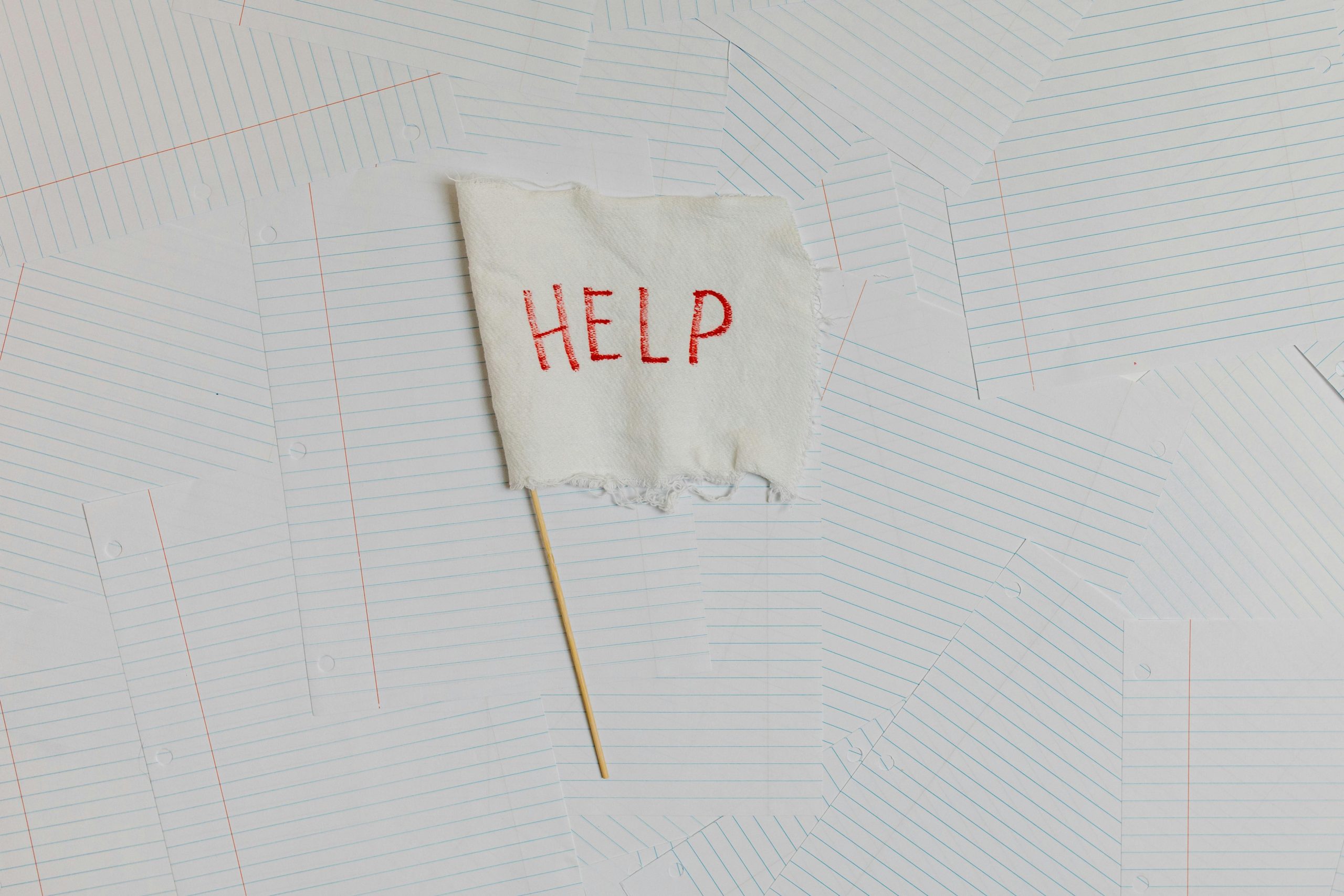Life is full of unexpected surprises—some exciting, like vacations or promotions, and others, such as car repairs or medical bills, that can cause financial stress. Having an emergency fund acts as a crucial safety net, ensuring that you can handle these unplanned expenses without falling into debt. The best part? You don’t have to sacrifice your lifestyle to build this financial cushion. With thoughtful planning, you can achieve financial security while maintaining the things you love. Here’s how to build an emergency fund without cutting back on your quality of life.
Set a Realistic Emergency Fund Goal
The first step is to determine how much you need to save. Experts recommend having 3–6 months’ worth of living expenses in your emergency fund. If that sounds overwhelming, break it down into manageable milestones:
- Start small: Set an initial goal of $500 for smaller emergencies.
- Gradually increase: Work up to one month’s expenses, then three, and so on.
Having clear, incremental goals will keep you motivated without feeling like you need to overhaul your lifestyle overnight.
Automate Your Savings
One of the easiest ways to build your emergency savings without thinking about it is to automate your savings. Set up a direct deposit from your paycheck or checking account into a high-yield savings account. This way, you treat your savings like a monthly bill and ensure you stick to your plan.
Start small—automating just $20, $50, or $100 per paycheck will add up over time, especially when the account earns interest. For more on high-yield savings accounts, check out NerdWallet’s guide to the best high-yield savings accounts.
Identify Hidden Savings Opportunities
Building your emergency fund doesn’t have to mean drastic changes. Instead, seek hidden opportunities to reduce expenses. Here’s how:
- Negotiate Bills: Contact your service providers (internet, phone, insurance) and ask for discounts or better rates.
- Cancel Unused Subscriptions: Review services like Netflix or gym memberships that you rarely use.
- Shop Smarter: Use cashback apps, coupons, or loyalty programs when shopping for essentials.
By redirecting these savings into your emergency fund, you’ll accumulate funds without feeling deprived.
Make Lifestyle Tweaks, Not Sacrifices
Small, thoughtful changes to your daily habits can free up extra cash without making you feel restricted. Here are a few lifestyle tweaks:
- Brew coffee at home instead of buying it daily, but treat yourself occasionally.
- Cook at home more often and reserve dining out for special occasions.
- Explore free or low-cost entertainment options, such as community events or outdoor activities.
Balancing small tweaks with occasional indulgences ensures you can build savings without sacrificing your happiness.
Earn Extra Income
Looking for ways to earn additional income? Side gigs can help you grow your emergency fund faster, without compromising your regular income. Here are some ideas:
- Freelancing: Utilize your skills, like writing or graphic design, to take on part-time projects.
- Side Hustles: Gig economy jobs like driving for Uber or delivering food.
- Monetize Hobbies: Turn your passions—like crafting or blogging—into profit.
Set aside all extra income you earn specifically for your emergency fund, and watch it grow faster.
Use Windfalls Wisely
Unexpected money—such as tax refunds, bonuses, or monetary gifts—should be put to good use. Instead of spending it on unnecessary items, allocate part (or all) of it to your emergency fund.
For instance, if you receive a $1,000 tax refund, deposit $500 into your fund and use the remaining for something fun or special. This strategy allows you to save without negatively impacting your lifestyle.
Open a Separate Emergency Fund Account
It’s important to keep your emergency fund in a separate, dedicated account, away from your regular checking or savings accounts. This prevents you from accidentally dipping into it for non-emergency purchases. Consider a high-yield savings account or a money market account that offers easy access to your funds while earning interest. For more information, see Investopedia’s tips on high-yield savings accounts.
Track Your Progress
Monitoring your progress can help you stay motivated. Create a visual savings tracker or use an app to track your emergency fund growth. Each milestone, whether it’s $500, $1,000, or a full month’s expenses, is a step closer to financial security.
Reward yourself with a small treat or fun activity after reaching a goal to maintain motivation.
Avoid Lifestyle Inflation
As your income increases, it can be tempting to upgrade your lifestyle. But instead of increasing your spending, commit to saving any additional income. Here’s how:
- If you get a raise, allocate a portion directly into your emergency fund before increasing your spending.
- If you pay off a debt, continue “paying” that amount into your emergency fund.
This strategy accelerates your savings without affecting your lifestyle.
Use Your Fund Only for Emergencies
It’s important to reserve your emergency fund for true emergencies, such as:
- Unexpected medical bills
- Urgent car repairs
- Job loss or income reduction
Avoid using your fund for planned expenses like vacations or non-urgent purchases. This ensures it will be available when you truly need it.
Benefits of Building an Emergency Fund
Having an emergency fund offers several significant advantages:
- Peace of Mind: Feel secure knowing you’re prepared for the unexpected.
- Financial Stability: Avoid debt when emergencies arise.
- Flexibility: Handle sudden expenses without disrupting your budget or lifestyle.
Final Thoughts
Building an emergency fund doesn’t require sacrificing the things you love. By setting realistic goals, automating your savings, and making small adjustments, you can create a solid financial safety net without drastic changes. Consistency is key—start small, stay committed, and watch your emergency fund grow over time.
The best time to start is now—your future self will thank you!
